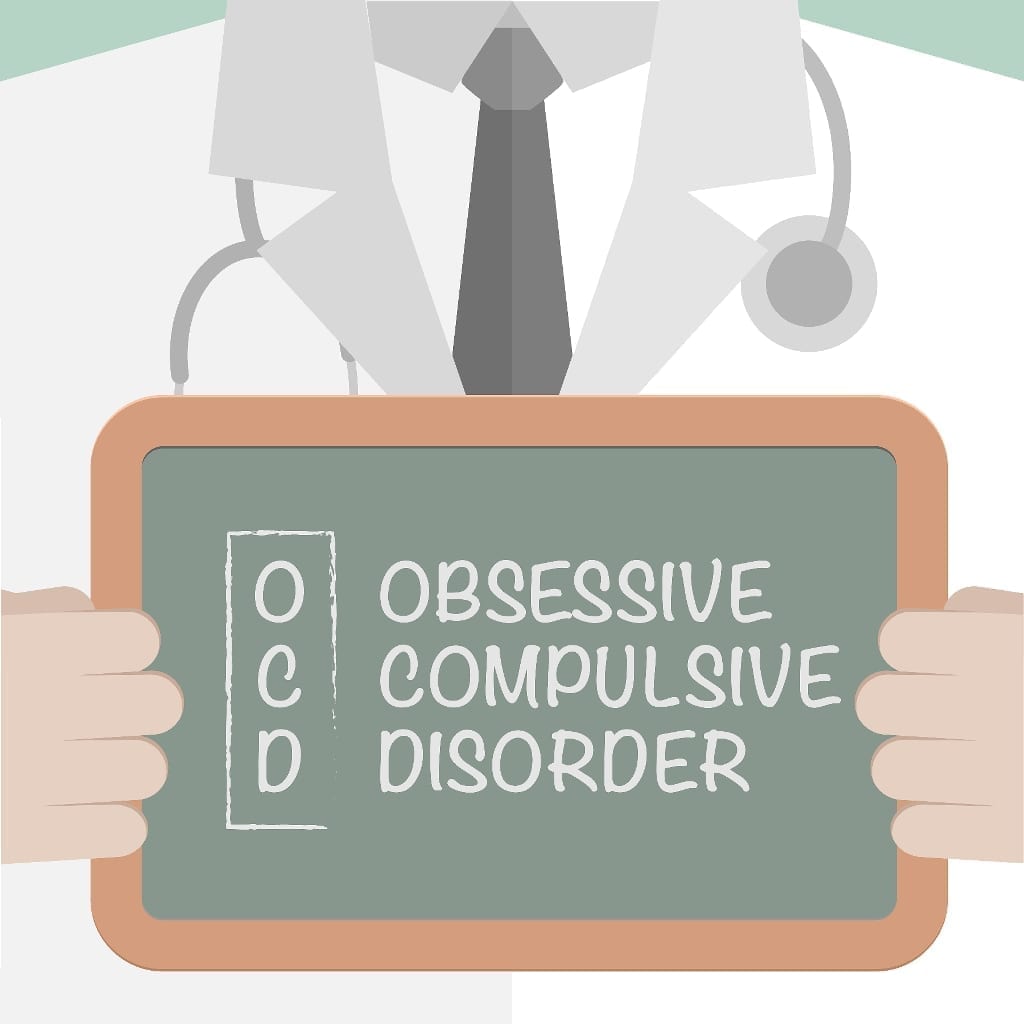Brain Receptor Responsible for OCD Identified
Obsessive compulsive disorder, commonly referred to as OCD, is a mental health condition where a person has obsessive thoughts and compulsive activity. OCD symptoms can range from mild to severe, effecting the sufferer anywhere from one hour a day to entirely consuming their lives.
OCD affects appoxiately 3.3 million people in the US, but researchers from Duke University have identified a single chemical receptor in the brain that is responsible for a range of symptoms in mice that are reminiscent of OCD. According to a statement released by the university “the findings provide a new mechanistic understanding of OCD and other psychiatric disorders and suggest that they are highly amenable to treatment using a class of drugs that has already been investigated in clinical trials.”
“These new findings [recently published in the journal Biological Psychiatry] are enormously hopeful for considering how to approach neurodevelopmental diseases and behavioral thought disorders,” said Nicole Calakos, M.D., Ph.D. and the study’s senior investigator.
The team observed mice that had been bred to lack a gene called Sapap3 – which plays a role in the formation of synapses between brain cells – developed a tendency to excessively groom themselves, IFLScience.com reported.
“To investigate, the study authors began by measuring the neural activity in a region of the mice’s brains called the dorsolateral striatum (DS), which contains cells called striatal projection neurons (SPNs) that play a major role in coordinating activity. Emerging from the DS are two types of SPNs, forming pathways known as the direct and indirect pathways. Stimulation of the SPNs belonging to the direct pathway tends to promote action, while the indirect pathway inhibits activity. The researchers found that, compared to regular mice, those that lacked Sapap3 tended to have an overactive direct pathway, which would appear to explain why they are so prone to repeating the same actions over and over….the authors discovered that a particular chemical receptor called mGluR5 was contstantly activated in the brains of OCD mice.”
Researchers then injected mice with a chemical that deactivates mGluR5 receptors, and found that their OCD behavior disappeared within minutes.
Although these findings have yet to be confirmed in a study involving humans, it gives researchers a great starting point for developing a cure for humans that exhibit the same symptoms.














